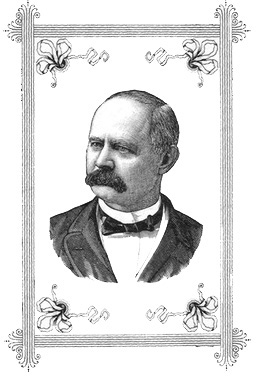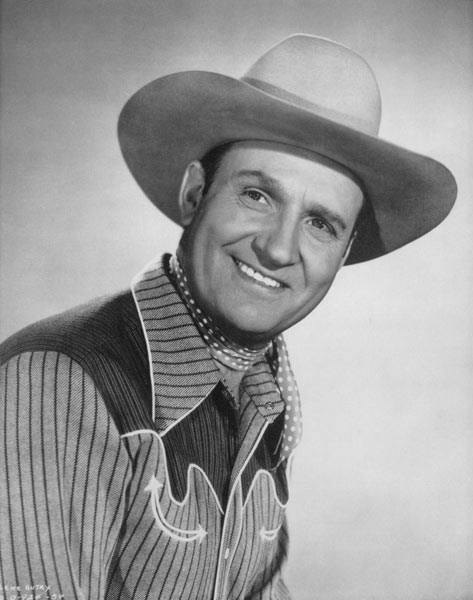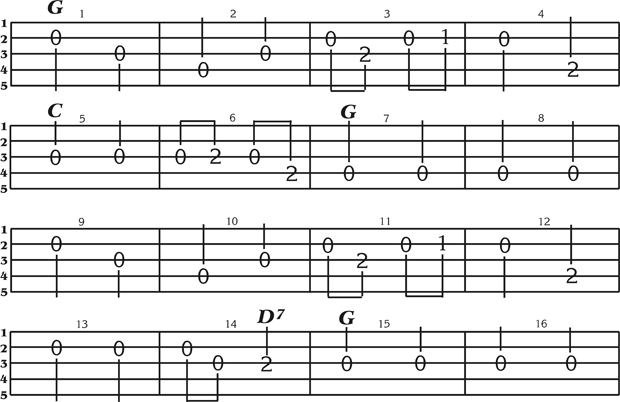We have some exciting news… our newest ukulele book is at the printer, and we should have it in our hands sometime in early August 2022! It’s by our best-selling authors Ted Parrish & Wayne Erbsen and is called “Ukulele Tunes, Tips & Jamming“… sign up to be notified when it’s out by clicking HERE.
In the meantime, we thought we’d give you a sneak peak at one of the songs in this book: “Bury Me Beneath the Willow,” one of our all-time favorites to pick on our log cabin’s front porch. We love to hear your







 A while back I was invited to bring an instrument to a potluck party of some friends of mine in the mountains near Asheville, North Carolina. I brought along my fiddle in the hopes of finding some bluegrass musicians to jam with.
A while back I was invited to bring an instrument to a potluck party of some friends of mine in the mountains near Asheville, North Carolina. I brought along my fiddle in the hopes of finding some bluegrass musicians to jam with. They didn’t call her Mother Maybelle for nuthin.’ Nope. In addition to being the mother of three girls (Helen, June, and Anita), Maybelle Carter was nothing less than the mother of flatpicking guitar. Starting in 1927, her lead and rhythm guitar playing laid the foundation of what would later be known as bluegrass guitar. Her signature lick on the guitar has been referred to as the Carter Scratch, the Carter Family Scratch, or the Maybelle Carter Scratch. That’s because of her way of playing the melody notes on the bass strings of the guitar while vigorously going
They didn’t call her Mother Maybelle for nuthin.’ Nope. In addition to being the mother of three girls (Helen, June, and Anita), Maybelle Carter was nothing less than the mother of flatpicking guitar. Starting in 1927, her lead and rhythm guitar playing laid the foundation of what would later be known as bluegrass guitar. Her signature lick on the guitar has been referred to as the Carter Scratch, the Carter Family Scratch, or the Maybelle Carter Scratch. That’s because of her way of playing the melody notes on the bass strings of the guitar while vigorously going  Some of the greatest traditional bluegrass songs were apparently written by someone named “Public Domain” or “Traditional.” What kind of decent mother or father would name their child that? In this article I’m going to acquaint you with a songwriter named Gussie Lord Davis, who has seldom been credited as the composer of such well-known folk and bluegrass songs as “Maple on the Hill” (1880), “Goodnight Irene” (1899),“One Little Word” (1899), “Just Set a Light” aka “Red and Green Signal Lights”(1897), “In the Baggage Coach Ahead” (1896), “He’s Coming to Us Dead” (1899), and “Make Up and Be Lovers Again”
Some of the greatest traditional bluegrass songs were apparently written by someone named “Public Domain” or “Traditional.” What kind of decent mother or father would name their child that? In this article I’m going to acquaint you with a songwriter named Gussie Lord Davis, who has seldom been credited as the composer of such well-known folk and bluegrass songs as “Maple on the Hill” (1880), “Goodnight Irene” (1899),“One Little Word” (1899), “Just Set a Light” aka “Red and Green Signal Lights”(1897), “In the Baggage Coach Ahead” (1896), “He’s Coming to Us Dead” (1899), and “Make Up and Be Lovers Again” 